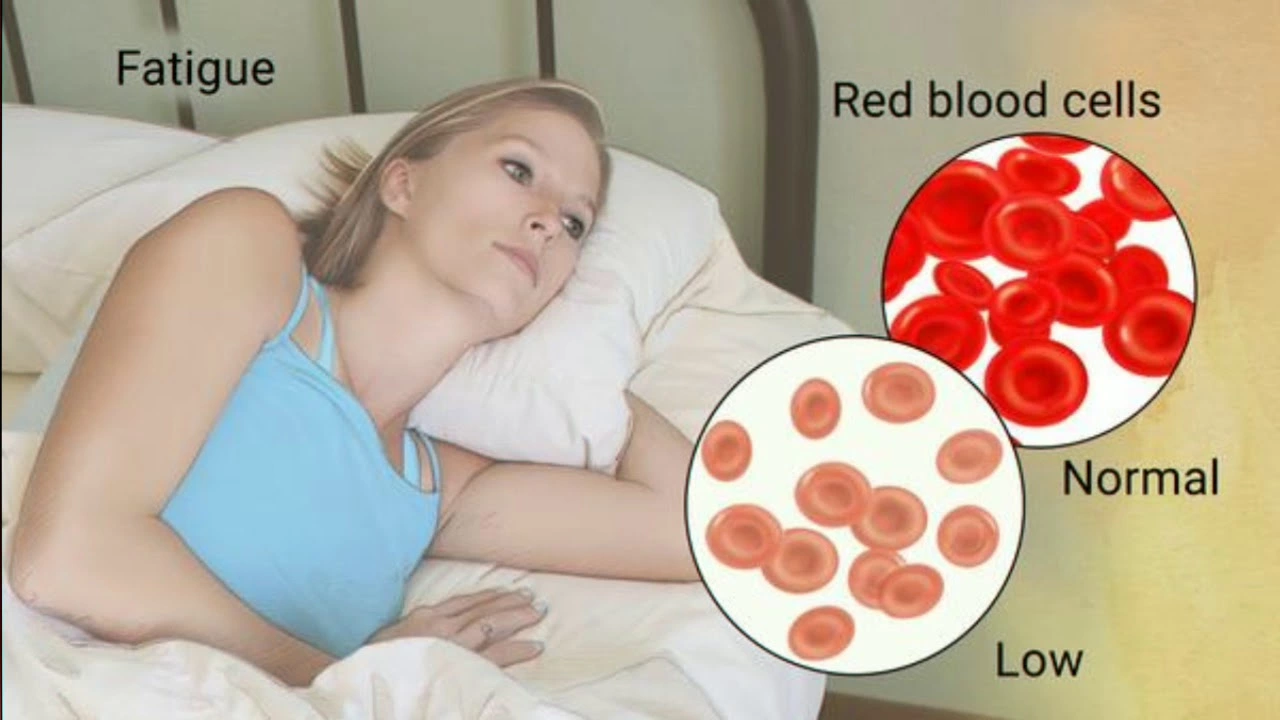Megaloblastic anemia: Causes, Symptoms, Tests, and Treatment
Megaloblastic anemia happens when your body can't make normal red blood cells because DNA production is faulty. The two most common reasons are vitamin B12 and folate deficiency. Both are treatable, but the right test and quick action matter.
What to watch for: fatigue, shortness of breath on easy tasks, pale skin, rapid heartbeat, and headaches. A telltale sign of B12 lack is numbness, tingling, or balance problems — that's nerve damage, not just tiredness. In folate deficiency, the nervous system is usually spared, so symptoms stay more about low energy and mouth soreness.
How doctors diagnose it: A simple blood count often shows a high mean corpuscular volume (MCV) — big red cells. Your provider will look at a peripheral smear, check reticulocytes, and order B12 and folate levels. Doctors may also test methylmalonic acid and homocysteine when B12 tests are unclear. If malabsorption is suspected, tests for intrinsic factor antibodies or a check for celiac disease might follow.
Common causes to consider: For B12 — poor diet (vegetarians or vegans), pernicious anemia (autoimmune), stomach surgery, or medicines like metformin and proton pump inhibitors. For folate — poor diet, increased needs in pregnancy, alcohol use, and some anticonvulsants or chemotherapy agents.
Treatment basics: If B12 is low and you have neurological symptoms, most doctors start intramuscular B12 injections to restore levels fast. After stabilization, many people continue with high-dose oral B12 tablets. Folate deficiency is treated with daily folic acid supplements and fixing the cause. Never start folic acid alone if you suspect B12 deficiency — it can hide B12 blood signs while nerve damage worsens.
Practical tips you can use now:
- Eat B12-rich foods: meat, fish, dairy, and fortified cereals. Vegans should rely on fortified foods or supplements.
- Get folate from leafy greens, beans, and fortified grains, or take a daily supplement if you're pregnant or trying to conceive.
- If you take metformin or a PPI long-term, ask your doctor about B12 checks every year.
- Avoid self-treating with folic acid if you have unexplained anemia — get tested first.
When to see a doctor: See your provider if you feel unexplained fatigue, tingling, or breathlessness, or if you have risk factors like gastric surgery or strict vegetarian diet. Faster diagnosis prevents nerve damage and improves recovery.
If tests confirm megaloblastic anemia, work with your clinician on a clear plan for treatment and follow-up. With the right tests and timely treatment, most people recover well and keep complications at bay.
Quick FAQ
Can megaloblastic anemia be prevented? Often yes. Regular checkups, a balanced diet, and supplements when at risk cut the chance a lot. How fast do symptoms improve? Energy often improves in days to weeks after treatment starts; nerve symptoms can take months and may not fully reverse if delayed. Is treatment lifelong? Some causes need lifelong B12 or folate replacement; others stop once the cause is fixed. Keep follow-up blood tests as your doctor recommends. Ask about local or online pharmacy options for consistent supplies and delivery.

